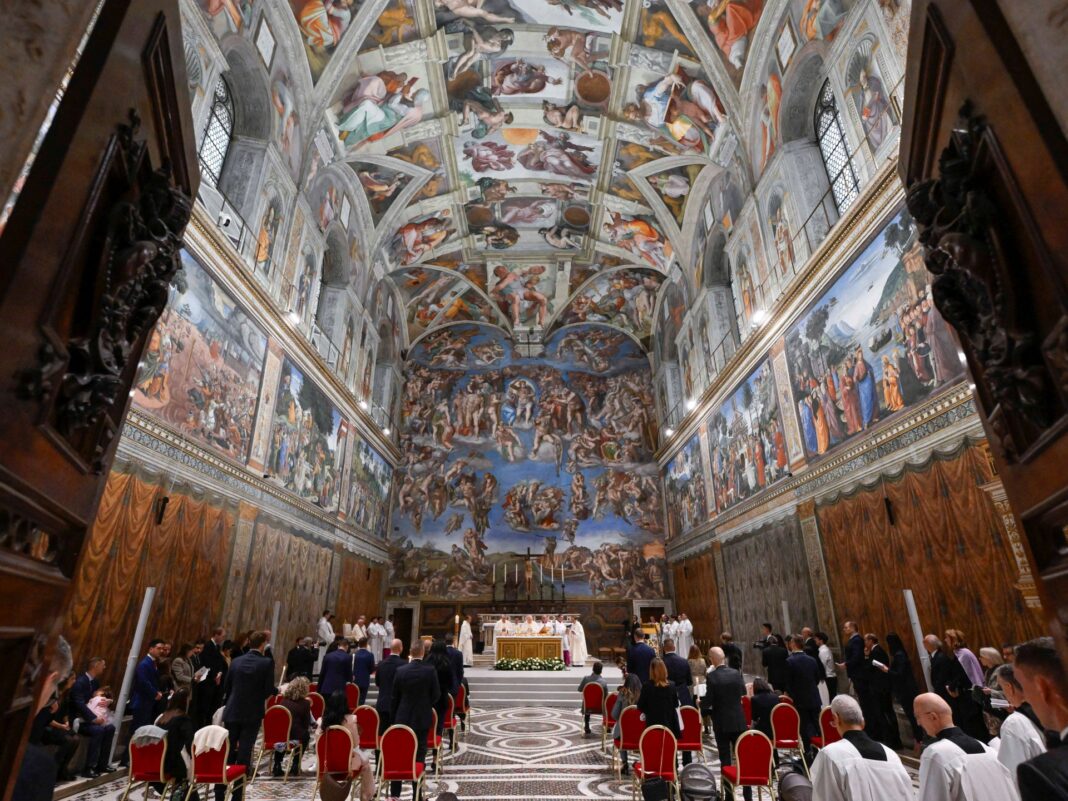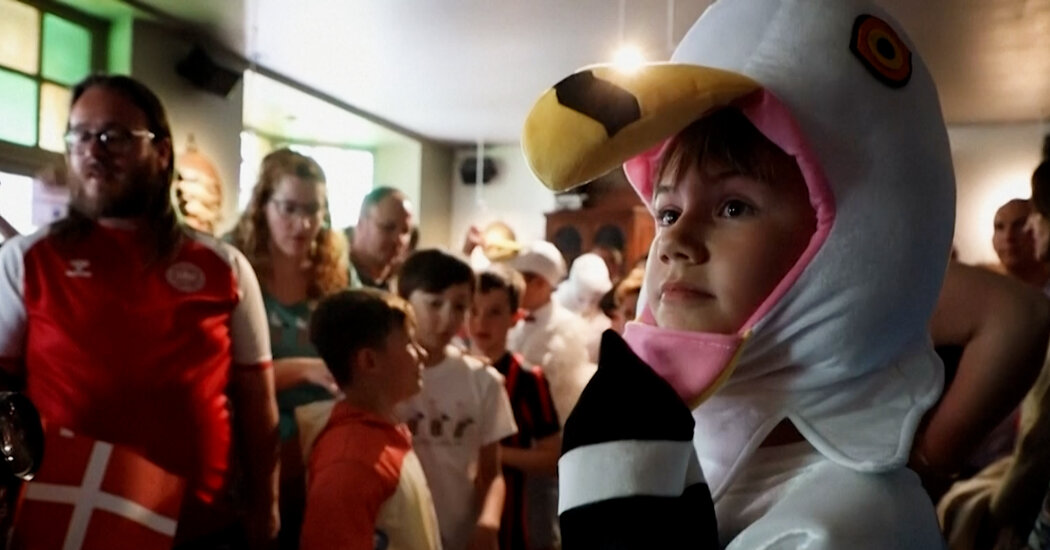A total of 135 cardinals from across the world, all below the age of 80, are eligible to take part in the secret vote.
The Vatican has announced that a conclave to elect the new leader of the Roman Catholic Church after the death of Pope Francis will begin on May 7.
The date was decided during a closed-door meeting of cardinals at the Vatican on Monday, two days after the funeral of Francis, who died on April 21 aged 88.
A total of 135 cardinals from across the world and below the age of 80 are eligible to take part in the secret vote to decide who will be the next head of the 1.4-billion-member church.
The Vatican on Monday closed the Sistine Chapel, where voting will take place, to begin preparations.
This year’s conclave marks a notable increase in participation compared with previous ones after 115 cardinals took part in the 2005 and 2013 elections.
About 80 percent of the current electors were appointed by Francis, who made efforts to broaden the church’s global representation.
Europe will again provide the largest voting bloc with 53 electors, followed by Asia and Oceania with 27, South and Central America with 21, Africa with 18 and North America with 16.
Italy remains the most represented country with 17 cardinals ahead of the United States with 10, Brazil with seven and France with five.
A decision on the new pope could come in days
The conclave’s members cast their votes via secret ballots, a process overseen by nine randomly selected cardinals. A two-thirds majority is traditionally required to elect a new pope, and voting continues until this threshold is met.
After each round, the ballots are burned with chemicals producing either black or white smoke, signalling to the world the outcome. Black smoke signals that no decision has been made while white smoke means a new pope has been elected. Once the pope is chosen, a top cardinal announces his name from St Peter’s Basilica.
While there is no fixed time limit for a conclave, history shows the process can vary. Both Francis and his predecessor Benedict XVI were elected within two days.
The longest modern conclaves, in 1903 and 1922, each stretched to five days. In the 13th century, a deadlock after a pope’s death lasted three years, prompting reforms still in place today.


